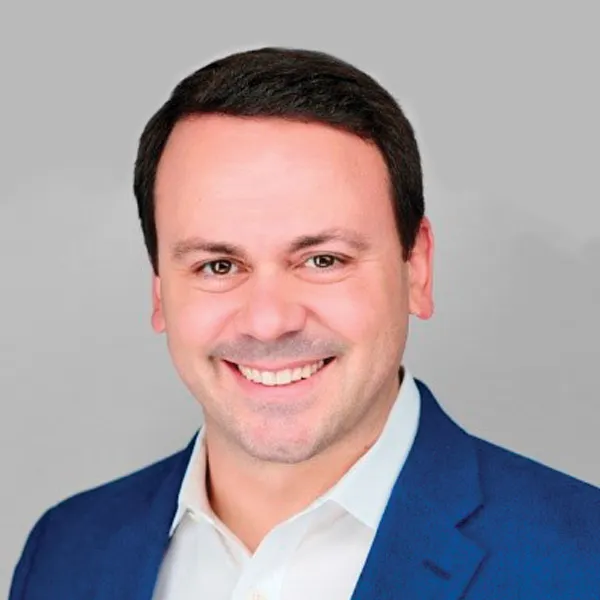Complement to existing work
Naturally, anyone who thinks about FOA and the reverse mortgage industry leader it previously acquired — American Advisors Group (AAG) — will think of the ubiquitous ad campaigns featuring actor and spokesman Tom Selleck.
Moschner addressed this topic by saying that the work with Selleck is not going away but will coexist alongside the new campaign.

“At this point, we’re not in a position to say what our long-term relationship will be, but I can say that he remains our spokesperson and a key part of Finance of America’s strategy,” Moschner said.
For now, the new campaign and the existing Selleck campaign will continue to be used, he said, but the effectiveness of this approach will be assessed down the road.
“I think, over time, we will make a determination [regarding whether] we continue to live in this world where they are complementary, or is it a world where ultimately the Selleck campaign becomes, potentially, a minority player in an overall master campaign strategy?” Moschner said. “Or, potentially, even in a world where the Selleck work ultimately goes away. Those are decisions yet to be made.”
Selleck once comprised 100% of the company’s marketing presence, but that has given way to a place where it’s about 50/50. This will be maintained for at least the next quarter, Moschner said.
“As usual, we’re a data-led company,” he said. “We’ll let the market tell us where to go from there. If it looks like that’s working, potentially that goes longer. If it looks like we need to make any adjustments, we will adjust. We’re not going to be ignorant of what the data is telling us.”
For now, however, the two campaigns exist simultaneously, and Selleck “is still very much a valued member of Finance of America in support of that overall strategy,” Moschner said.
Change in engagement strategy
FOA President Kristen Sieffert spoke about some of the intentions of the new campaign in a statement.
“At a time when conversations about aging, financial flexibility, and quality of life are evolving, Finance of America is educating the market on how home equity can be used as a timely, valuable tool for a wide range of options,” she said.
“A ‘Better Way’ signifies the power of having a broader plan, one that is built for the modern retirement landscape that American homeowners are facing today.”

The mission in front of the campaign is about additional options, Moschner explained.
“As we looked at the market, we [realized] we have two jobs to be done at a macro level: We have to convince people to begin with [the premise] that home equity is a retirement asset that can be used for the betterment of your financial security.
“But there’s also a large subset of people who are already open to the idea of tapping home equity to generate cash flow. For those people, it’s about just putting reverse mortgages and proprietary products in their consideration set.”
With that assessment, the company settled on starting with those already open to the idea of tapping equity but who tend to disqualify reverse mortgages out of hand.
“That’s really the insight that really drove this campaign,” Moschner said. “As we went to create this creative, we effectively said, ‘Let’s go talk about home equity directly and put these products into the consideration set.’ That way, we can then help them understand in which cases they’re better, in which cases they’re different, and why it might be for them.”
How to modernize
This also meant that modernizing the approach to connect with potentially receptive clients needed to happen. In this case, it means “taking a broader view of these products and what category they fit in,” Moschner said. “And by doing that, you open the aperture and invite millions more people to take a look at our category who may never have before.”
Equating the company’s products to other offerings — like home equity loans — doesn’t go far enough, he added. But zeroing in on a lack of a monthly payment requirement was seen as a key differentiator, a theory that seemed to connect based on the testing the company undertook.
It also means engaging more deliberately with potential clients earlier in the process, something that has not been as much of a focus in the past, Moschner said.
“We really haven’t been talking to that cohort of people who are just aging in, that 55-to-62 group, or even people who are marginally in this category who are about to turn 55,” he said.
“We want to be more deliberate about talking to them earlier and sooner, because we know if we talk to people in their 50s about the benefits and power of home equity, the chance of them turning to our category later in life — even if they don’t turn to us immediately on their birthday — is significantly higher.”

